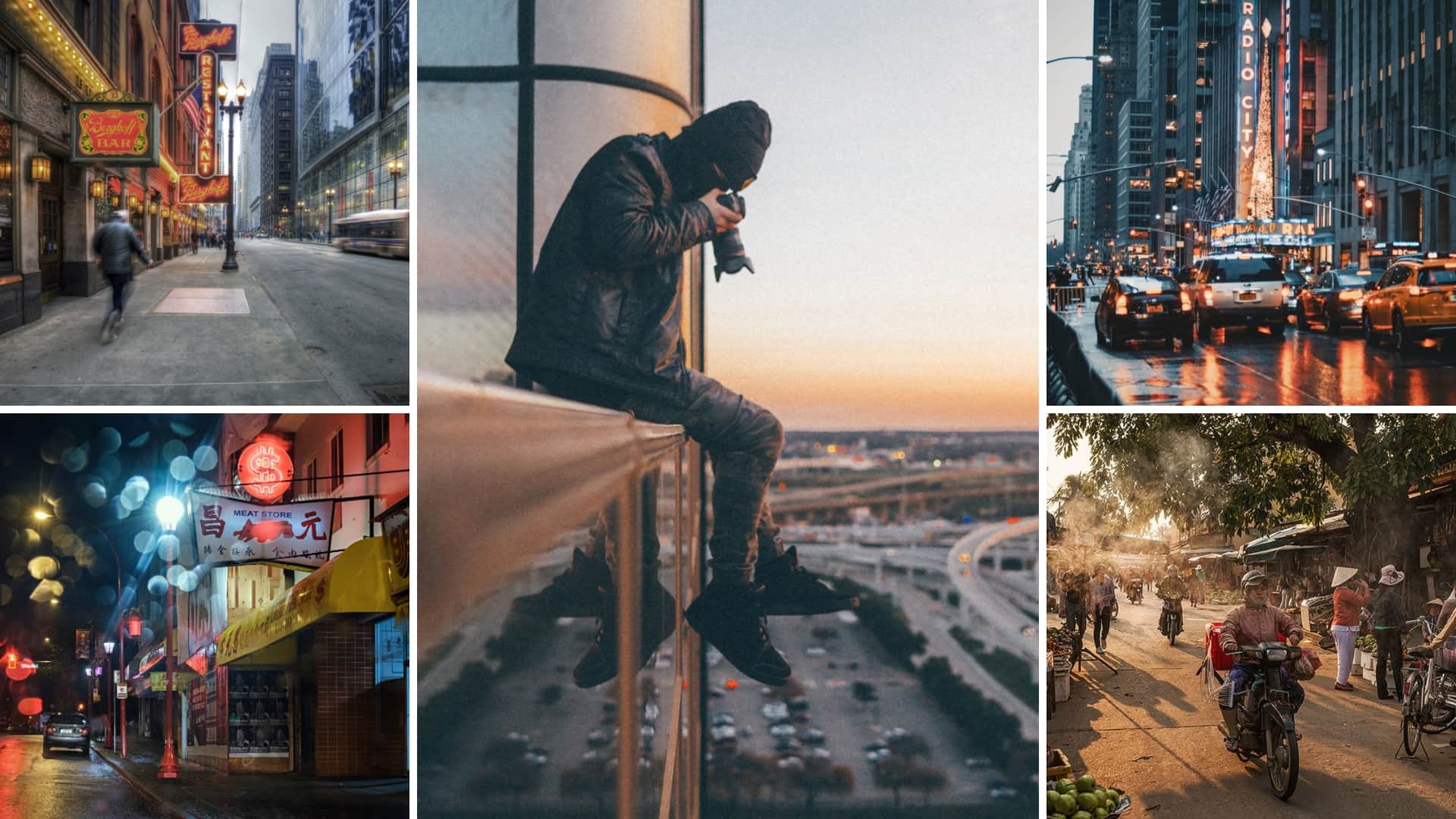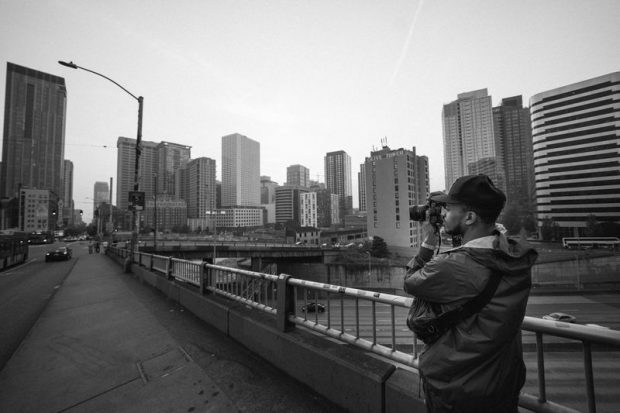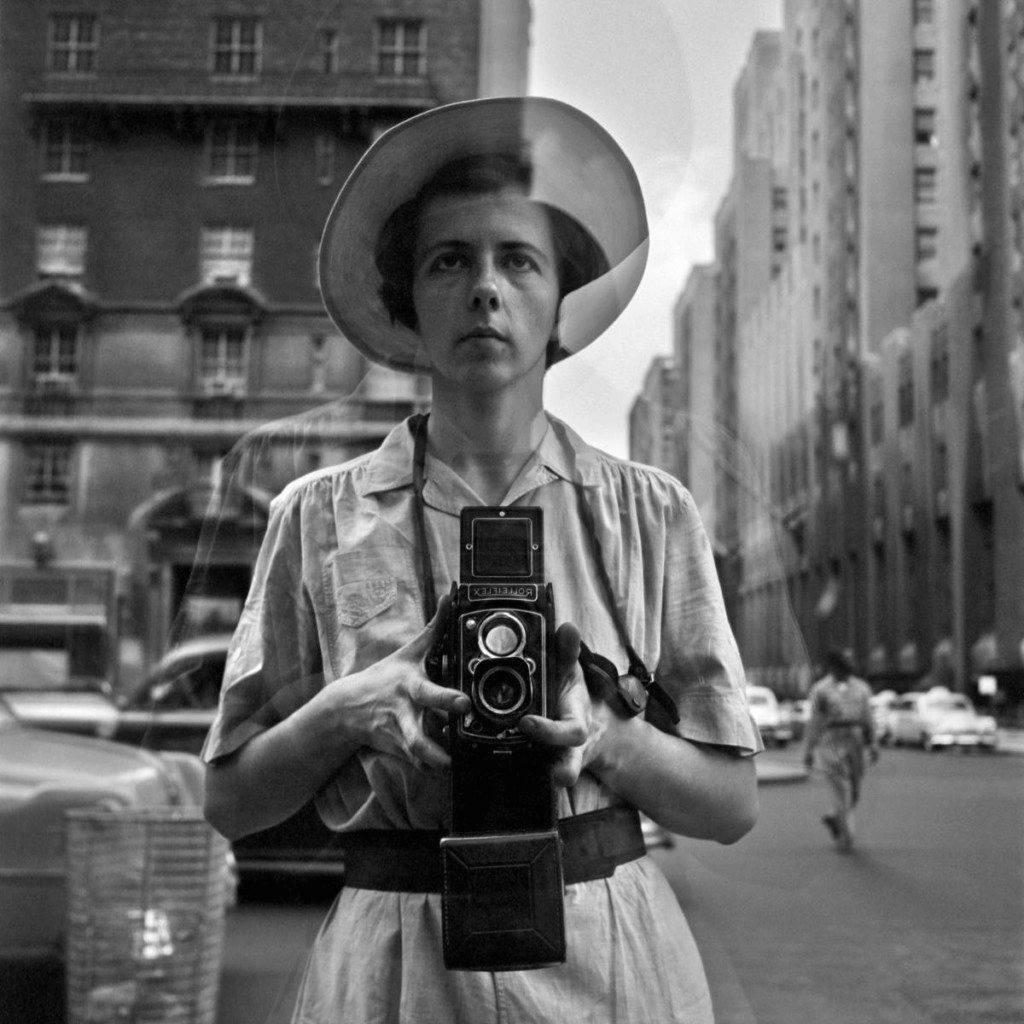Some Ideas on Framing Streets You Need To Know
Some Ideas on Framing Streets You Need To Know
Blog Article
Rumored Buzz on Framing Streets
Table of ContentsFraming Streets Fundamentals ExplainedGetting My Framing Streets To WorkThe Facts About Framing Streets RevealedTop Guidelines Of Framing StreetsThe Definitive Guide for Framing Streets8 Simple Techniques For Framing Streets
Digital photography style "Crufts Canine Show 1968" by Tony Ray-Jones Road digital photography (also sometimes called candid photography) is photography conducted for art or inquiry that includes unmediated chance experiences and random occurrences within public areas, normally with the goal of capturing images at a decisive or emotional minute by cautious framework and timing. 
As a result his boots and legs were well defined, but he is without body or head, due to the fact that these were in activity." Charles Ngre, waterseller Charles Ngre. https://www.ted.com/profiles/45936507 was the first digital photographer to acquire the technological refinement called for to sign up people in motion on the street in Paris in 1851. Photographer John Thomson, a Scotsman functioning with reporter and social lobbyist Adolphe Smith, released Street Life in London in twelve monthly installations beginning in February 1877
Framing Streets Fundamentals Explained
Eugene Atget is pertained to as a progenitor, not because he was the initial of his kind, however as an outcome of the popularisation in the late 1920s of his document of Parisian roads by Berenice Abbott, who was motivated to carry out a similar documentation of New york city City. [] As the city established, Atget assisted to advertise Parisian roads as a deserving topic for digital photography.

The Single Strategy To Use For Framing Streets
Martin is the first taped photographer to do so in London with a disguised electronic camera. Mass-Observation was a social study organisation founded in 1937 which intended to videotape everyday life in Britain and to videotape the responses of the 'man-in-the-street' to King Edward VIII's abdication in 1936 to marry separation Wallis Simpson, and the sequence of George VI. The principal Mass-Observationists were anthropologist Tom Harrisson in visit this website Bolton and poet Charles Madge in London, and their initial report was generated as the book "May the Twelfth: Mass-Observation Day-Surveys 1937 by over two hundred viewers" [] Window cleaner at Kottbusser Tor, Berlin, by Elsa Thiemann c. 1946 The post-war French Humanist College photographers located their subjects on the road or in the bistro. Between 1946 and 1957 Le Groupe des XV annually exhibited job of this kind. Andre Kertesz. Circus, Budapest, 19 May 1920 Street photography developed the major material of 2 exhibits at the Museum of Modern Art (Mo, MA) in New York curated by Edward Steichen, Five French Digital Photographers: Brassai; Cartier-Bresson, Doisneau, Ronis, Izis in 1951 to 1952, and Post-war European Photography in 1953, which exported the idea of road digital photography worldwide.

Framing Streets Can Be Fun For Anyone
The recording maker was 'a surprise electronic camera', a 35 mm Contax hidden beneath his coat, that was 'strapped to the breast and linked to a long cord strung down the right sleeve'. His job had little contemporary impact as due to Evans' level of sensitivities regarding the originality of his job and the privacy of his topics, it was not released up until 1966, in the publication Lots of Are Called, with an introduction created by James Agee in 1940.
Helen Levitt, after that an educator of kids, related to Evans in 193839. She documented the transitory chalk drawings - 50mm street photography that became part of youngsters's street culture in New york city at the time, as well as the kids that made them. In July 1939, Mo, MA's new digital photography section consisted of Levitt's job in its inaugural eventRobert Frank's 1958 publication,, was considerable; raw and commonly out of focus, Frank's images questioned conventional photography of the moment, "tested all the formal regulations laid down by Henri Cartier-Bresson and Walker Evans" and "contradicted the wholesome pictorialism and heartfelt photojournalism of American publications like LIFE and Time".
Report this page